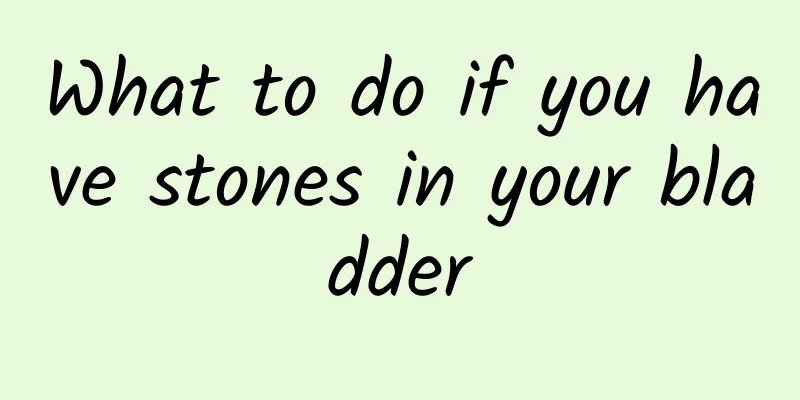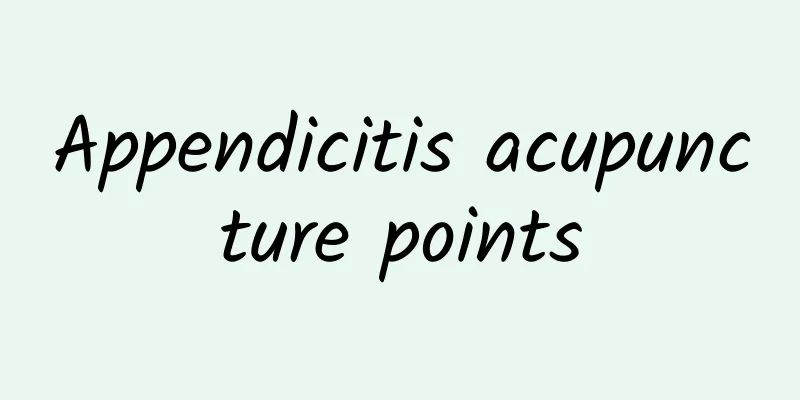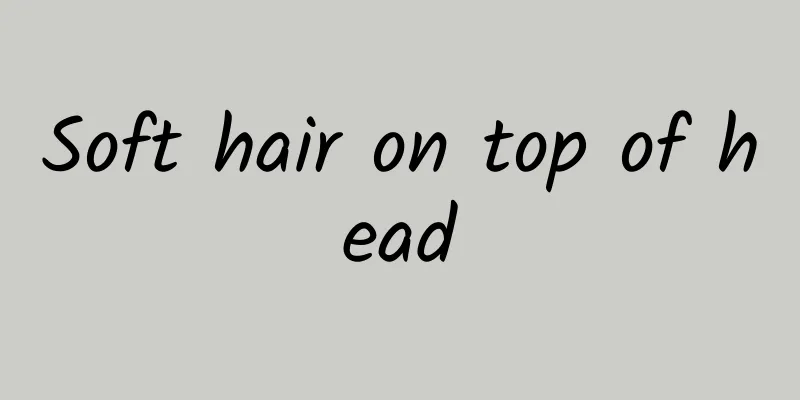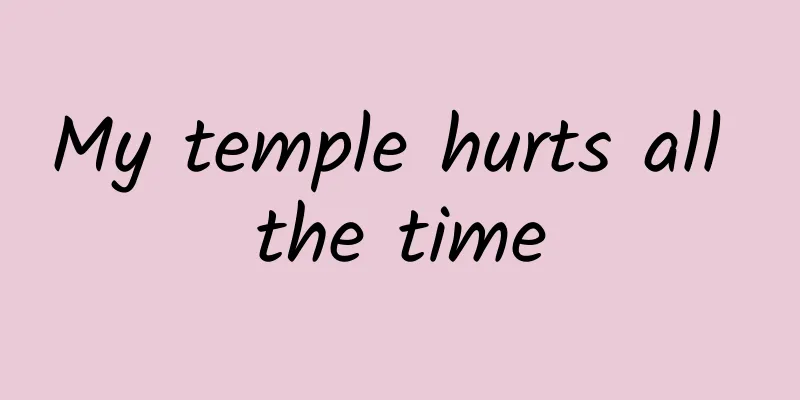Symptoms and treatment of urticaria in children

|
Infantile urticaria is actually a type of urticaria that occurs in children. This type of urticaria can also occur in adults. This symptom is actually somewhat similar to the more common urticaria, specifically in their clinical symptoms, but there are still certain differences. Many people do not know their symptoms and treatments, so what are the symptoms and treatments of pediatric urticaria? The typical symptoms of this disease are erythema and wheal. In typical cases, after contact with allergens, erythema appears first, followed by wheals. Wheals may appear in the center of the erythema and spread to the surrounding areas. Clinically, sometimes there are only erythema without wheals (more common in infants and young children), and sometimes there are only wheals without erythema (more common in older children and adults). Acute urticaria in children develops very suddenly, and the skin may become abnormally itchy within an instant. With the itching and scratching, red or pale wheals of varying sizes and shapes quickly appear; the skin scratch syndrome is positive (scratching the child's normal skin with a needle may cause red bumps consistent with the scratches); the number of rashes is generally large, some are ring-shaped, and may also merge into large pieces, and they disappear quickly within a few minutes to a few hours without leaving any traces. Hives can occur anywhere on the body. This disease is very easy to relapse, appearing and disappearing from time to time. Most children have no other discomfort except severe itching of the skin. However, if the digestive tract is affected, symptoms such as nausea, vomiting, abdominal pain and diarrhea may occur; if the bronchi and larynx are affected, there will be a blocked throat, chest tightness, shortness of breath, difficulty breathing, and even suffocation; some children may also have edema of the hands, feet, eyelids, and even the entire face; in severe cases, there will be symptoms of shock such as pale complexion, difficulty breathing, and low blood pressure. The course of chronic urticaria can last for several months or even years. Generally, those that last for more than 2 to 3 months are called chronic. In addition, this disease can have many types, such as acute, chronic, cold, local heat, sunlight, water-related, compressive, cholestatic, urticarial vasculitis, serum sickness type, angioedema, etc. Treatment: 1. Find and eliminate allergens: Treat the disease that causes urticaria. Autoimmune urticaria is difficult to treat. Intravenous immunoglobulin or plasma dialysis can relieve symptoms. 2. Apply anti-itch lotion topically: such as calamine lotion (with menthol added) or zinc oxide lotion. 3. Drug treatment (1) Oral antihistamines. Commonly used first-generation antihistamines include chlorpheniramine maleate tablets, promethazine hydrochloride, diphenhydramine, doxepin, ketotifen, etc.; second-generation H1 receptor antagonists have the advantages of good efficacy and no obvious central nervous system inhibitory effect. They can be used for children over 2 years old. Second-generation antihistamines include cetirizine hydrochloride, loratadine, levocetirizine, desloratadine, fexofenadine, acrivastine, ebastine, epinastine, mizolastine, olopatadine, etc. Take orally once daily. Calcium supplements and vitamin C can reduce the permeability of capillaries and help relieve symptoms. The combination of H2 receptor antagonists (such as cimetidine and ranitidine) and H1 receptor antagonists can treat acute urticaria with obvious abdominal pain. Cyproheptadine can be used to treat chronic or cold urticaria. (2) For stubborn cases, oral prednisone tablets or intravenous hydrocortisone may be used as appropriate, but it is not a routine medication. Different drugs have significantly different minimum age limits and dosages, and should be used in accordance with the drug instructions. In children who do not respond to treatment, a combination of first-generation (for evening use) and second-generation (for daytime use) antihistamines can be used, but care should be taken to avoid the use of sedating antihistamines in school-age children. 4. Symptomatic treatment: Children with bronchospasm or laryngeal edema can be given a subcutaneous injection of 1:1000 epinephrine solution. 5. Desensitization therapy: For chronic urticaria that is not well responded to conventional drug treatment, corresponding desensitization treatment can be given according to the results of allergen skin tests, which can often achieve certain results. |
>>: How many days does urticaria take to heal?
Recommend
Is it appropriate to wean your baby at nine months?
Because they need to go to work and cannot breast...
What is the correct sleeping position for pregnant women with twins?
For pregnant mothers, being pregnant with twins i...
HCG rises after biochemical pregnancy
The symptom of biochemical pregnancy is that ther...
Can soaking your feet in mugwort warm your uterus and help you get pregnant?
Mugwort is a relatively common Chinese medicine. ...
How to reduce swelling after a fracture
Bone fractures must be treated promptly. Otherwis...
What causes sneezing and headaches?
There are many reasons for headaches. Some people...
The efficacy of Xiangsha Liujunzi
Xiangsha Liujunzi is actually a traditional Chine...
Ganoderma lucidum spore powder uses
I think everyone has heard about how wonderful th...
Why do you urinate frequently in summer? How should you drink water in summer?
Many friends often do not seek treatment when the...
There is always acid in the mouth
There are many reasons why there is always sour w...
What are the symptoms of schizophrenia?
If schizophrenia patients are effectively control...
What are the benefits of chrysanthemum, honeysuckle and licorice tea?
If male friends do not pay more attention to thei...
Sequelae of lacunar infarction
Although lacunar infarction is not a serious type...
What are the dietary prescriptions for the treatment of hernia in Traditional Chinese Medicine?
Hernia refers to a condition in which the content...
What to do if your toenails are black?
The phenomenon of blackened nails is very common ...









